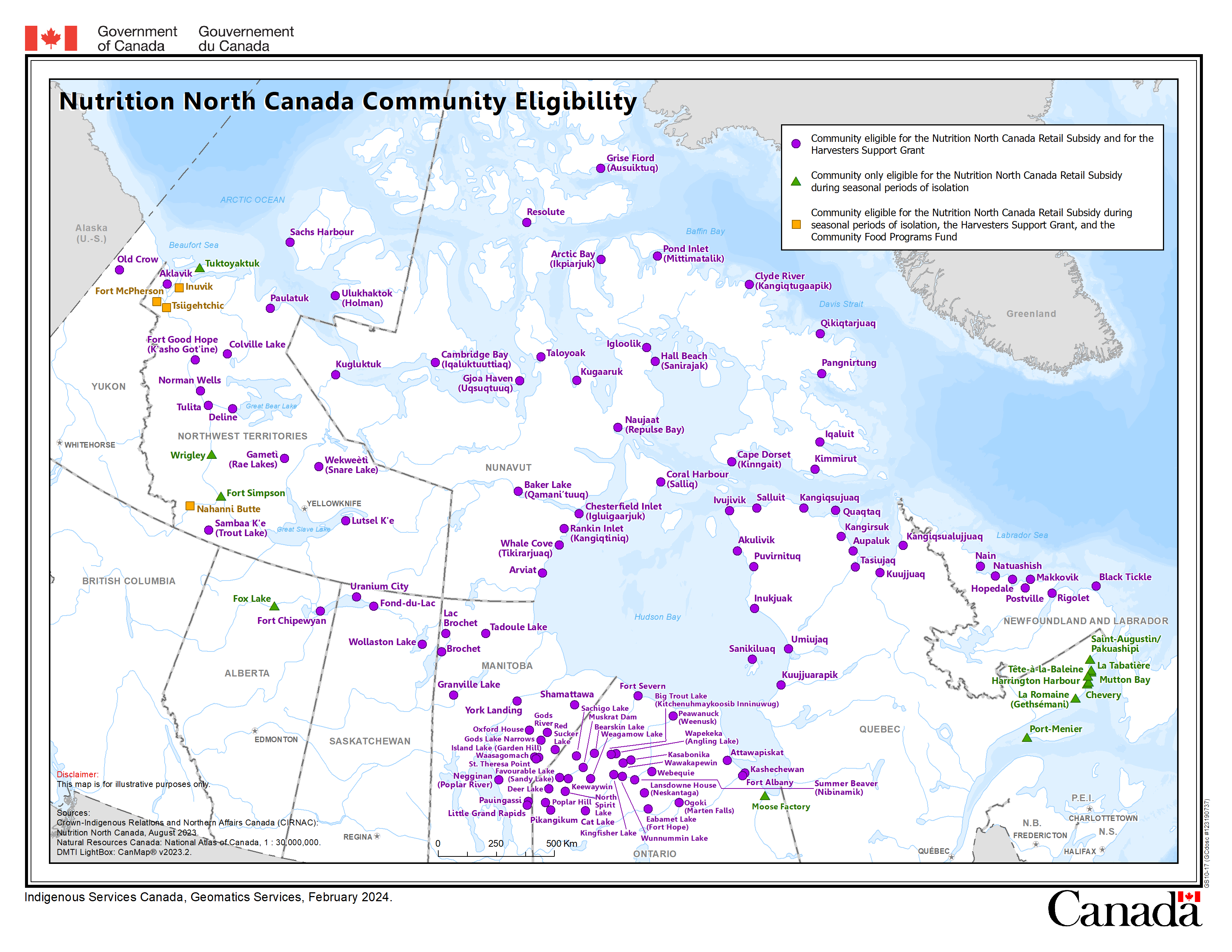
Nutrition North Program to undergo external review, access to food security, supplement needs highlighted
The provincial opposition is celebrating the federal government’s decision to review a grocery subsidy program in the wake of food security concerns in northern Saskatchewan.
Federal Northern Affairs Minister Gary Anandasangaree appointed Inuk leader Aluki Kotierk to conduct the review on Nutrition North Canada, determine the program’s effectiveness, and to make recommendations. A $20 million fund was also endowed to maintain current subsidy rates.
“I look forward to working directly with Indigenous partners, local leaders, and Northerners to make actionable recommendations to strengthen food security across the North,” Kotierk said in a press release.
Anandasangaree also commented he may engage the Competition Bureau to investigate pricing practices in Canada’s North.



